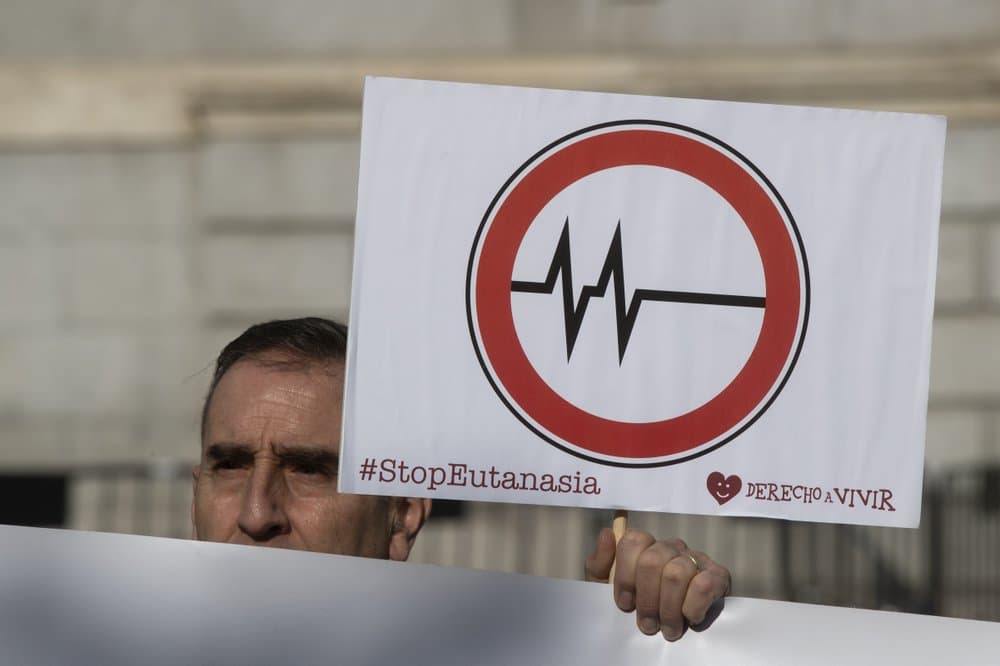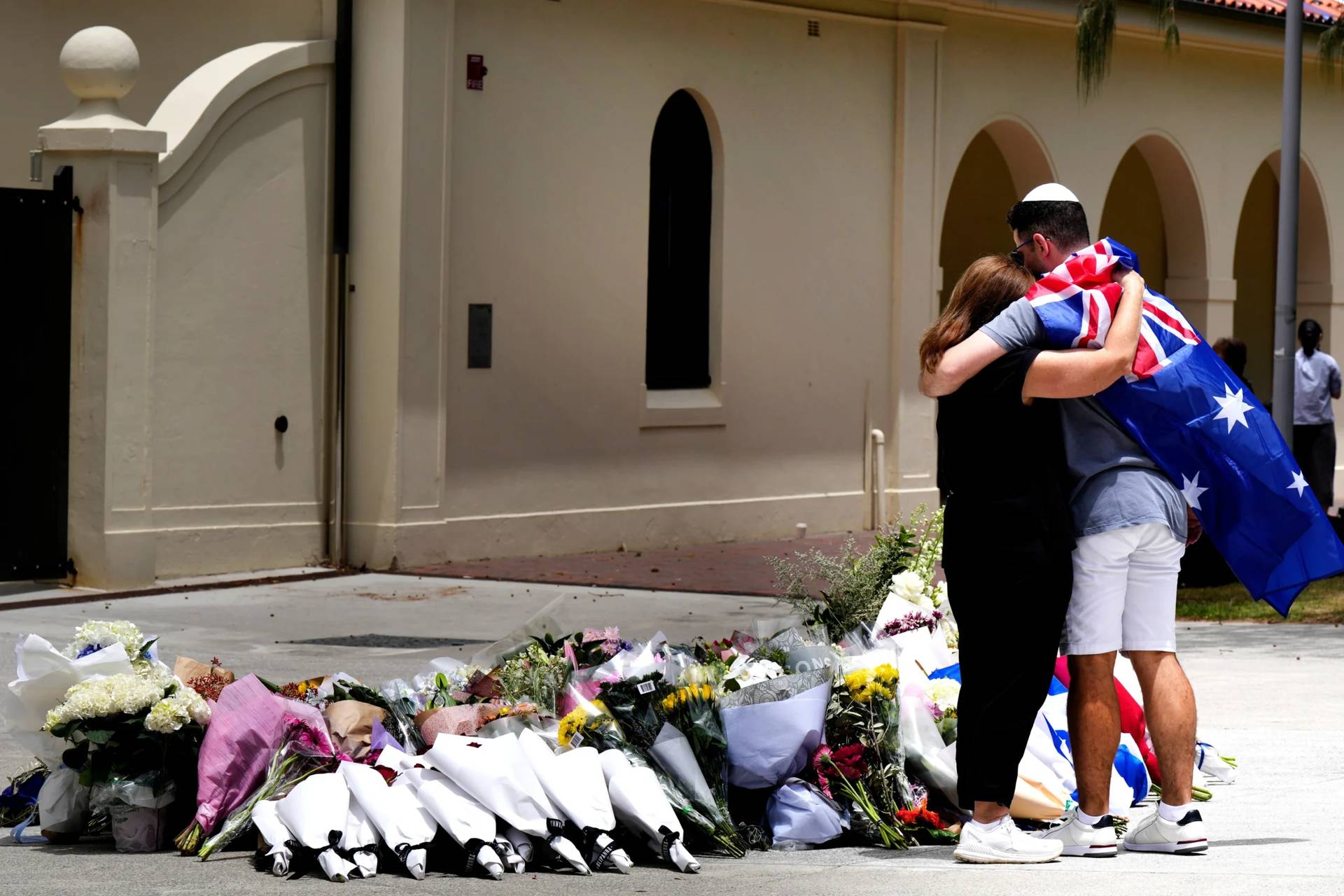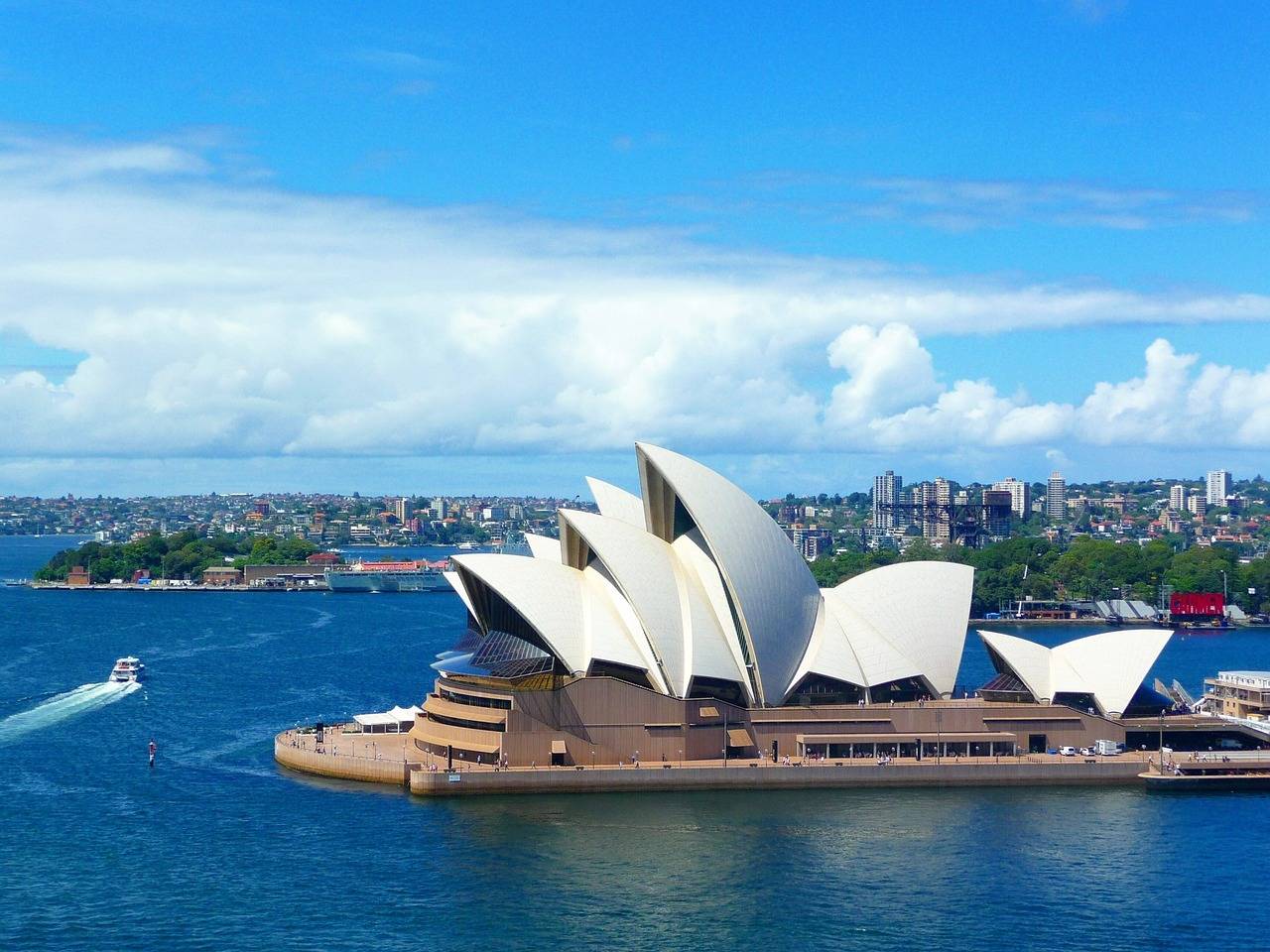No matter what one’s views are on euthanasia, New Zealand’s proposed law to legalize this practice is “poorly drafted, dangerous and flawed,” according the director of the country’s Catholic bioethics center.
When New Zealand goes to the polls on Oct. 17 for their general election, they will also vote in a referendum on the End of Life Choice Act 2019, which requires a binding referendum to come into force.
The law would allow for euthanasia and assisted suicide for a person who is terminally ill and likely to die within six months. To be eligible, a person must be in irreversible physical decline and experience “unbearable suffering” that cannot be relieved in any other way they find tolerable.
Dr. John Kleinsman is the director of the Nathaniel Centre, the bioethics think-tank established by New Zealand’s Catholic bishops, and has warned that the people of country are not voting on whether or not they think euthanasia should be legalized, but on the legal regime imposed by this particular legislation.
“In arguing that the proposed law is dangerous, commentators have highlighted a number of glaring problems with the EOLC Act including: No requirement for a person to talk about their decision with a trusted family member or friend; no mandatory cooling off period as in other countries – a person could be dead less than four days after diagnosis; no need for independent witnesses; a lack of safeguards and process for detecting coercion as well as depression; and no requirement that a person be competent at the time they make the final decision to take the lethal drugs,” he writes in the latest issue of The Nathaniel Report.
However, Kleinsman said there are “deeper reasons” to oppose the proposed legislation.
“The fundamental danger associated with legalizing euthanasia and assisted suicide in New Zealand is that we would cross a Rubicon – a line of no-return – by creating, in law as well as in people’s minds, a class of people – those with a terminal illness – who are set apart; a group whose lives are deemed no longer worth protecting in the way we protect other lives; a group for whom it is not just understandable, but logical that they might want to end their lives prematurely; a group for whom assisted death is sanctioned and will be facilitated by the State and, more specifically, by the State’s own publicly funded health system – ironically, the same under-pressure health system charged with simultaneously funding and providing care for people with a terminal illness,” he writes.
Among those countries to have legalized euthanasia or medically assisted suicide are Belgium, Canada, Colombia, Luxembourg, the Netherlands, and Switzerland. Eight U.S. states and Washington D.C. have also legalized medically assisted suicide.
Kleinsman claimed that in jurisdictions that have already legalized medically assisted dying, there is a continuing and exponential growth in the numbers of people accessing euthanasia and physician-assisted death.
He says this indicates that, in a relatively short period of time, the practice shifts from an act of last resort for terminal illness to becoming “the default way to die.”
“In certain Dutch postcode areas, euthanasia now accounts for up to 15 percent of all deaths and approximately 30 percent of all foreseen deaths,” he writes.
He also noted that while the ELOC was sold to the public as a law to be used as a last resort, in cases where people were in unbearable pain, the reality is that it will apply to a far wider portion of the populace.
“A person does not need to be in pain to access the EOLC Act. Yet, when the Act was being debated in parliament, many proponents of the EOLC Act offered personal anecdotes of people dying in terrible pain as the key reason for a law change,” Kleinsman says.
“Overseas research shows that the demand for assisted death is not driven by pain or fear of pain but by a range of personal and social reasons, including the fear of being a burden, the fear of being disabled and loneliness. Likewise, the EOLC Act will allow a premature death for personal and social reasons – in the latest annual report on assisted death from Canada, 13.7 percent cited isolation or loneliness as a factor; 34 percent cited feelings of ‘being a burden’ and 53.3 percent ‘loss of dignity’,” he continues.
A poll last year showed that only 20 percent of New Zealanders support euthanasia for people who are not experiencing pain, and Kleinsman noted that the pain and suffering experienced by dying people can be managed well through palliative care, adding the current law already allows people to say ‘no’ to any treatments and to receive whatever level of pain relief they need, even to the point of being sedated if necessary.
“It is totally unacceptable for people to die in pain these days and, if quality palliative care is available, no one needs to die in physical pain. The solution to bad deaths is better access to palliative care which effectively addresses peoples physical, as well as psychological, emotional, familial, cultural, and spiritual, needs,” he said.
The New Zealand Medical Association (NZMA) has also come out against the proposed law, saying it has serious shortcomings that put vulnerable people at risk of wrongful death.
“We believe that the End of Life Choice Act would contribute to normalizing suicide and send the message that suicide could be seen as an appropriate response to coping with suffering,” the organization said in a statement.
The NZMA also said the law would permanently damage the doctor-patient relationship.
“If doctors become life takers as well as life savers, then the characteristics we produce in doctors will fundamentally change. They will not necessarily presume in favor of life and a patient may not be able to trust in this presumption,” the statement concluded.
Follow Charles Collins on Twitter: @CharlesinRome
















